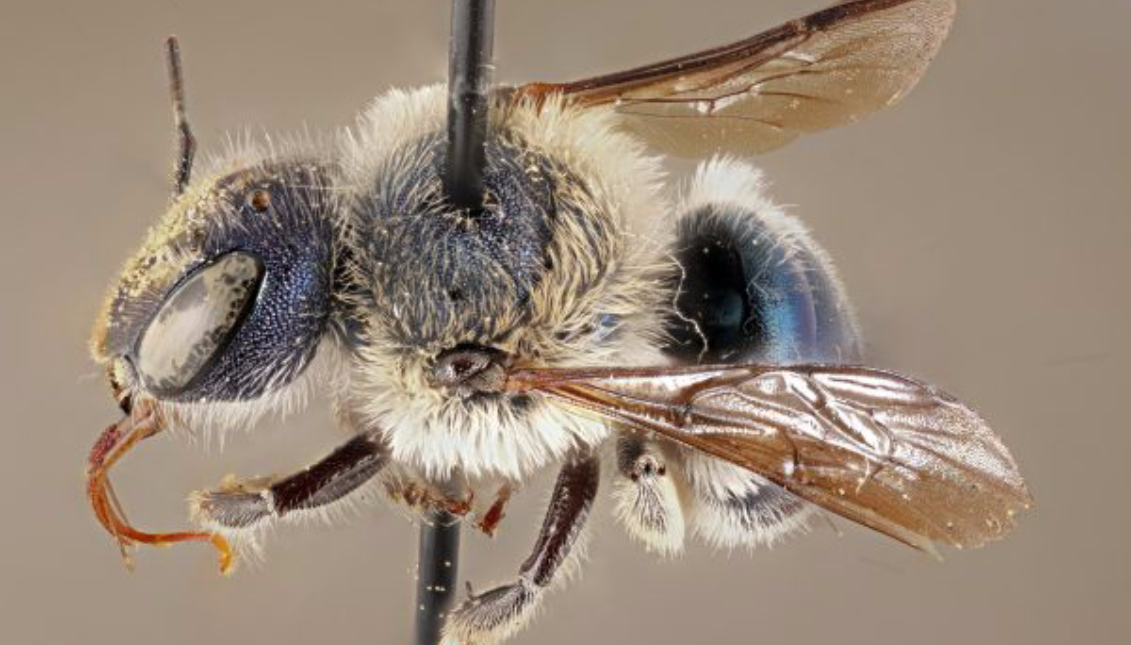
The secret life of the blue bee
A rare species of blue bee, believed to be extinct, was found again in Florida.
It was first seen in 2011, with its blue exoskeleton and bearded face, then in 2016 and that was it. They found no trace of the blue calamintha, the rare Florida endemic bee. It seemed to have become extinct.
In March of this year, Chase Kimmel, a researcher at the Florida Museum of Natural History managed to see them again. At first he didn't believe his eyes, he kept checking the pictures he had managed to take and he couldn't sleep from the excitement, he told Smithsonian Magazine.
Normally Kimmel would have been able to count on the support of volunteers to make field observations in Lake Wales Ridge, but this year it was impossible because of the pandemic.
Still, since Kimmel's observations were especially in protected areas, he went ahead with them, little by little. Primarily because he had the time against him: the blue calamintha has only been seen in spring, always between March 9 and April 30.
Kimmel managed to identify the bee in the three locations where it had been initially seen - in 2011 and 2016 - and six additional locations, as far as 50 miles away from the initial three. This means that the territory occupied by these blue bees is much larger than initially thought, despite the deterioration of their environment.
RELATED CONTENT
But the few times that scientists have managed to spot them - and they have never seen more than three bees at a time - have left them with more questions than certainties.
The blue calamintha is a solitary bee, not living in hives. Because of the genus to which it belongs (Osmia), scientists assume that each female bee is fertile and makes individual nests, but so far they have not been able to find any.
This bee also behaves in an unusual way: unlike the other bees that visit the same flower (calamintha ashei), the blue calamintha tends to spread much more pollen on its face and leave it there, without grooming itself to pass it on to the abdomen. And no one knows why or why is it blue.
And there is also the mystery of how many of them are there.
Right now, Kimmel and his colleagues are in a race against time, seeking to gather enough information to ensure that both the bee and its habitat are protected. Hopefully it won't be another six or four years before we hear from this little blue one again.











LEAVE A COMMENT: